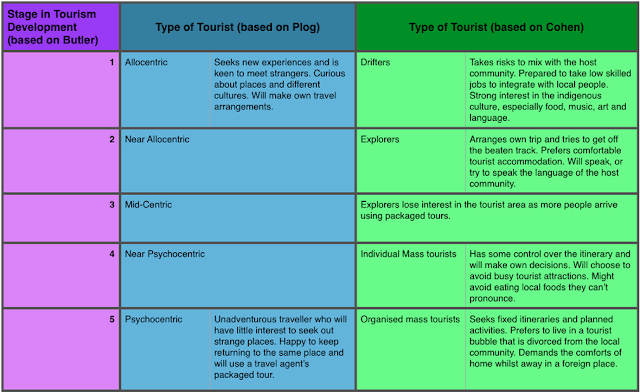THEORIES OF SELLING

THEORIES OF SELLING Selling Theory 1. “AIDAS” Theory: Where A stands for Attention I stand for Interest D stand for Desire A stand for Action S stand for Satisfaction Please refer previous blog. 2. Right set of circumstances: This theory is situation response theory . The major emphasis of the theory is that a particular circumstance prevailing in a given selling situation will cause the prospect to respond in a predictable way. Sales personnel try to apply this theory; although they experience difficulties in many rightful selling situations as it cannot be manipulated. The set of circumstances includes external and internal factors which the salesperson tries to create favorable for getting desired response from a given situation. This theory is known as seller-oriented theory and it stresses that the salesman must control the situation in such a way as to produce a sale ultimately. It stresses the importance of the salesperson controlling the situation.


